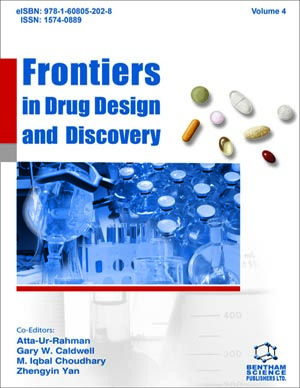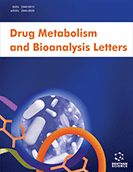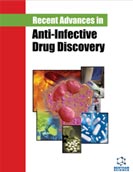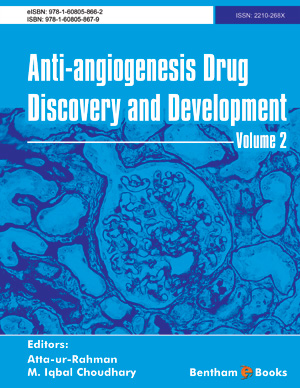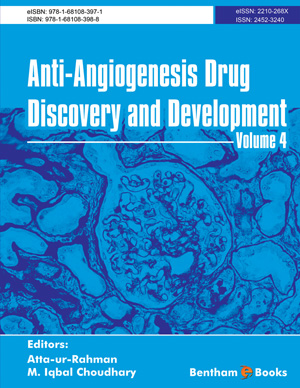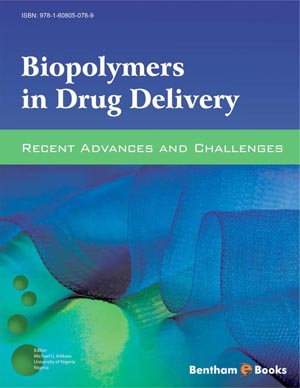Abstract
In pharmaceutical industry, in addition to high potency, good absorption, distribution, metabolism and excretion (ADME) profiles of compounds are needed for drug development. Data modeling of ADME model is a crucial step for efficient drug design. However, we have to avoid so called a situation, the black box, which might be difficult for chemical interpretation. The right balance between precision and interpretation is required for practical drug design.
We review the related articles to focus several ADME modeling techniques. As regression, multiple linear regressions (MLR), partial least squares (PLS), artificial neural networks (ANN), support vector machines (SVM) are picked up and their algorithms and the representative applications are introduced. We pay attention to rule mining methods for chemical interpretation. As rule mining, rough set theory (RST) is shown as an example. Visualization is a classical but never neglected technique for easily understanding the overall behaviors of huge compounds. We especially spend more pages about kohonen neural networks (KNN) and decision trees (DT) as the representative methods. Furthermore, web application for chemists is another important aspect for practical drug design. Recent trend about this topic is shown in two industry cases. As conclusion, we will show future direction concerning in silico ADME prediction.


